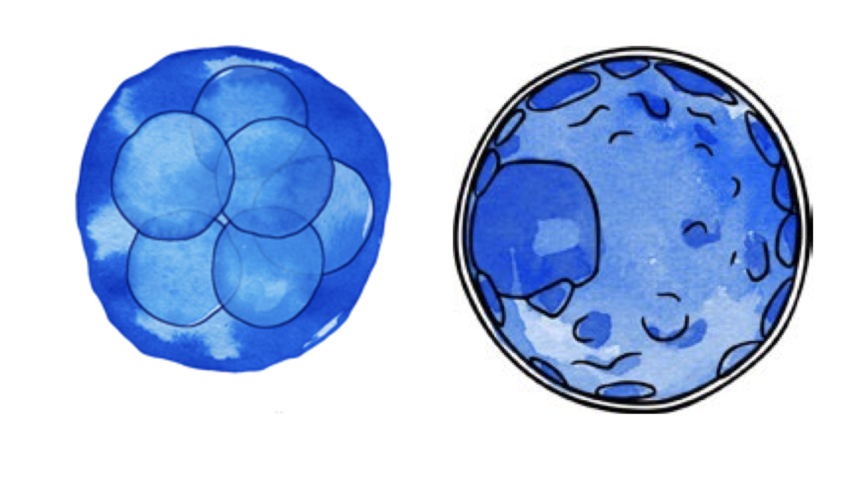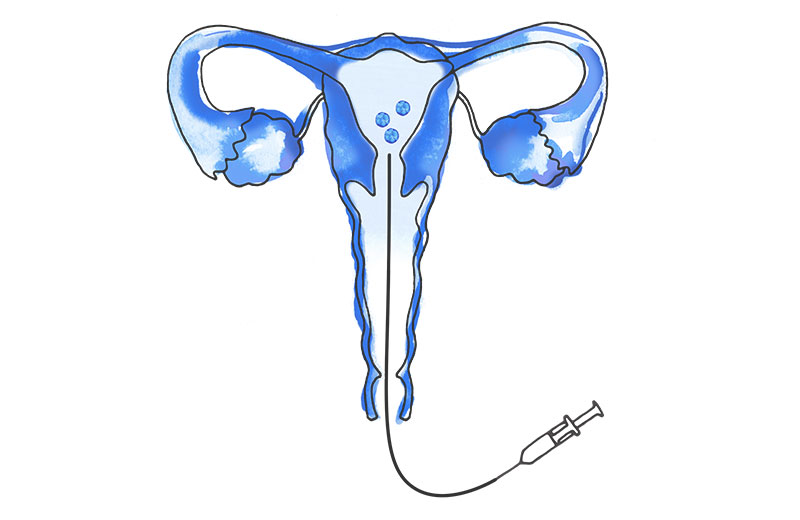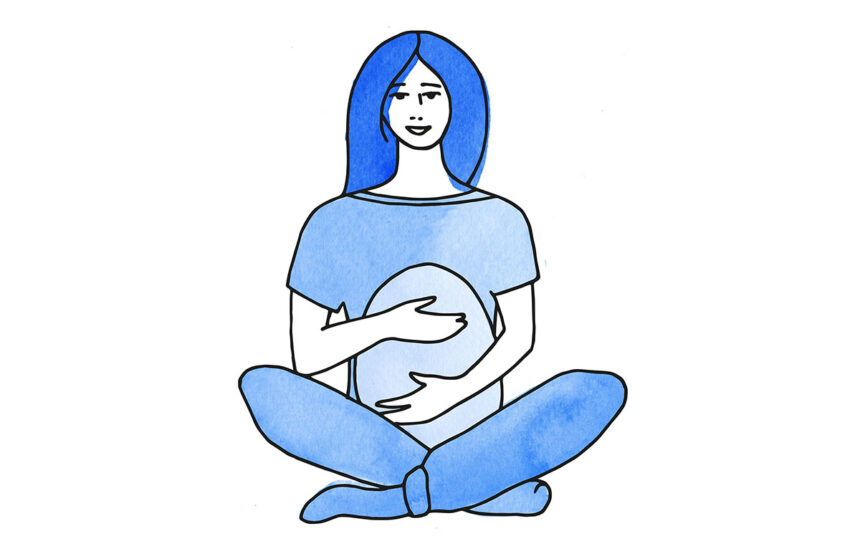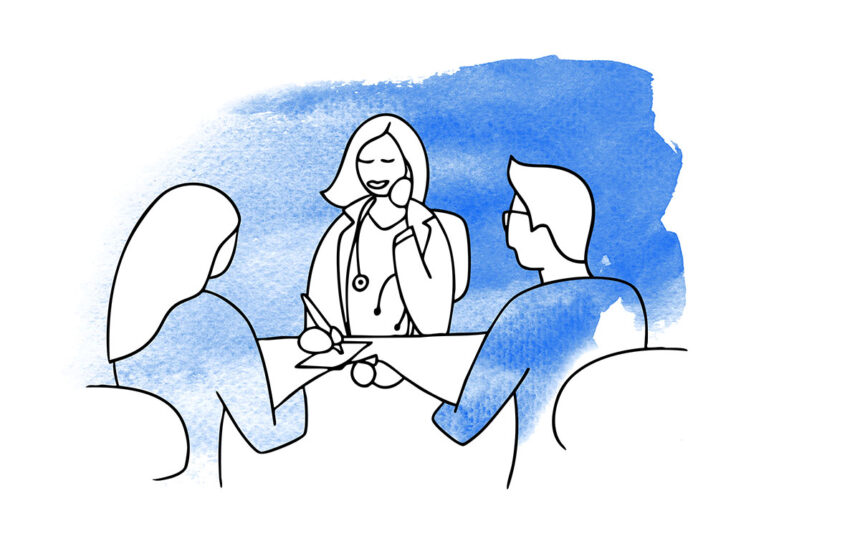Book now
Book now

Ovodonation or in vitro fertilisation (IVF) with donated oocytes is an option for women who cannot achieve pregnancy using their own eggs. This technique is indicated for women of advanced maternal age, women who are carriers of a genetic disease that could be transmitted to their offspring, or in cases in which several IVF attempts have failed due to poor embryo quality.
Ovodonation uses eggs from an anonymous donor and fertilises them with sperm from the recipient’s partner.


In an egg donation cycle, the donor is stimulated with hormones in order to retrieve the oocytes, which will then be used in an IVF cycle. These eggs can be used fresh or vitrified for later use.
The donor eggs are fertilised with the sperm cells from the patient’s spouse.

The resulting embryos are then transferred into the uterus of the recipient patient. In this process, medication is administered to prepare the uterus for optimal embryo implantation.
If several good quality embryos are obtained, those that are not transferred are frozen for use in a subsequent cycle.


The selection of an egg donor is a long and rigorous process, completely anonymous.
Egg donors are young (under 35 years of age) and healthy women. Before being considered ‘suitable’ for donation, they undergo a series of medical and psychological examinations to minimise the possibility of transmitting congenital diseases, malformations and sexually transmitted diseases to their offspring.

At HC Fertility we use our own donors or donor eggs acquired from external banks that comply with all the requirements stipulated by law.
In every case, the donor is chosen according to the physical characteristics of the recipient patient, considering skin colour, hair colour and type, eye colour, blood group, nationality, race and other characteristics.
We also offer the possibility of performing a genetic ‘matching’ between the donor and the male partner, in order to reduce the transmission of recessive genetic diseases to the minimum possible.